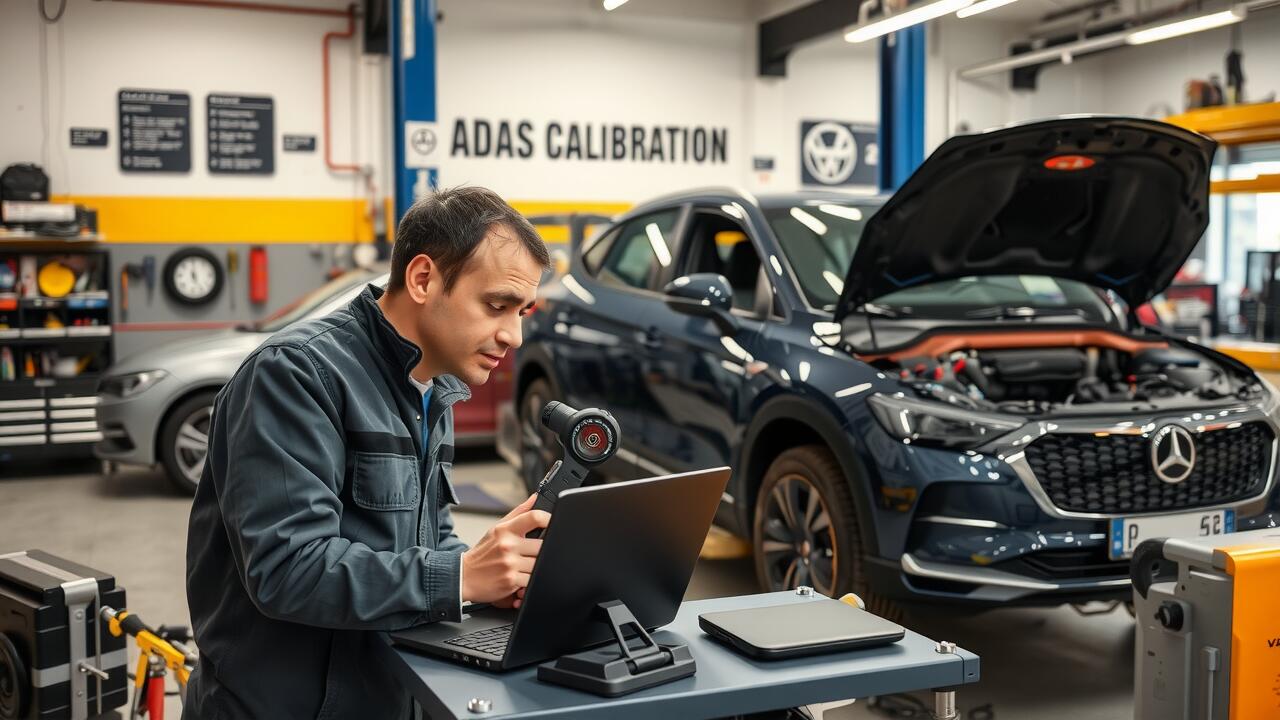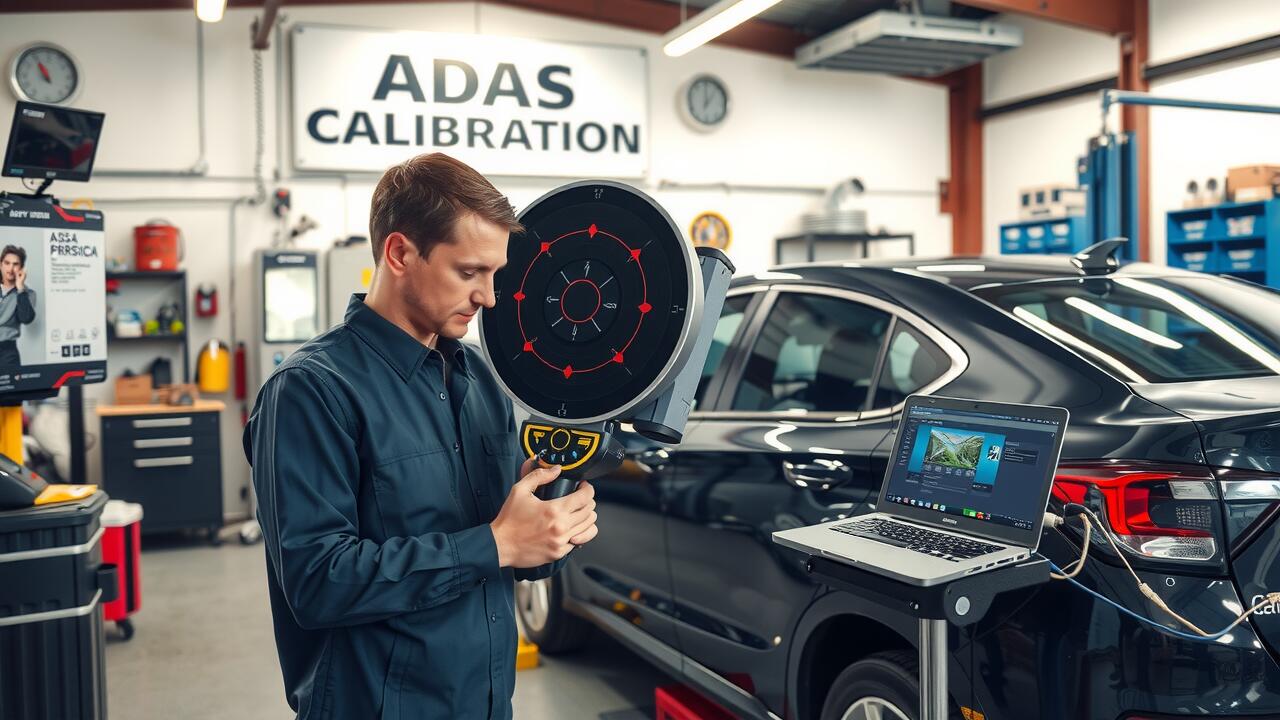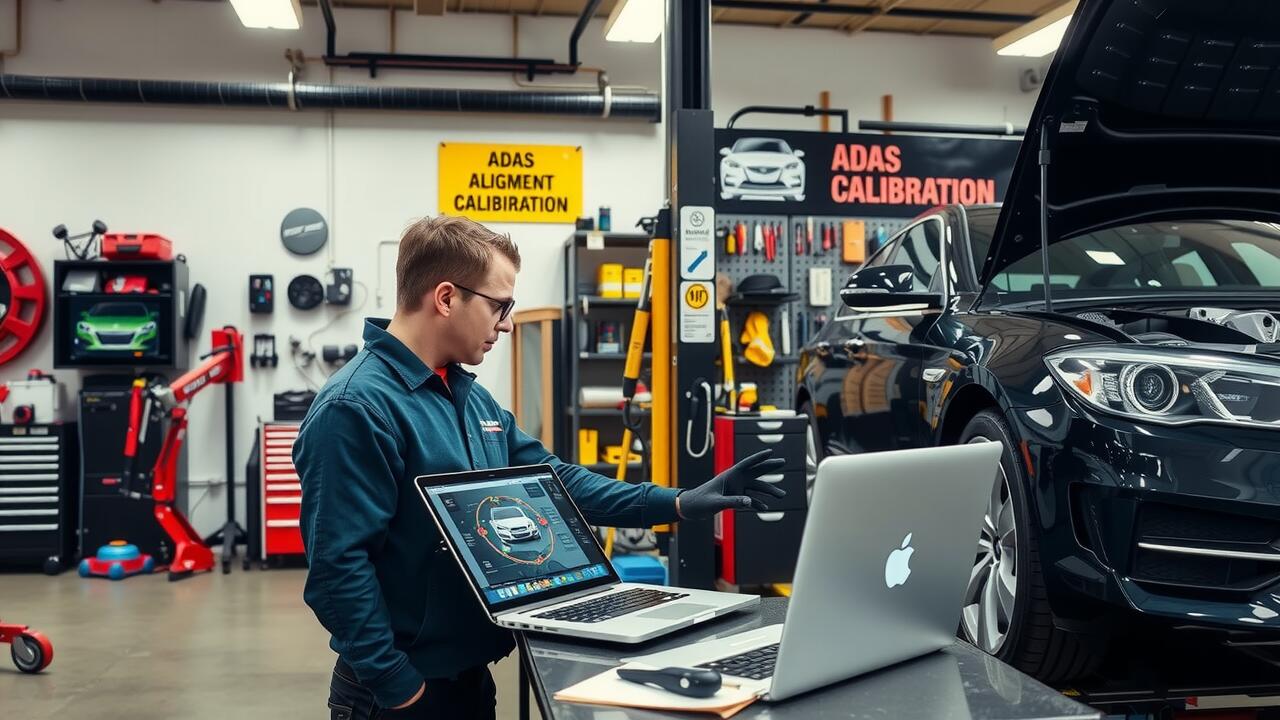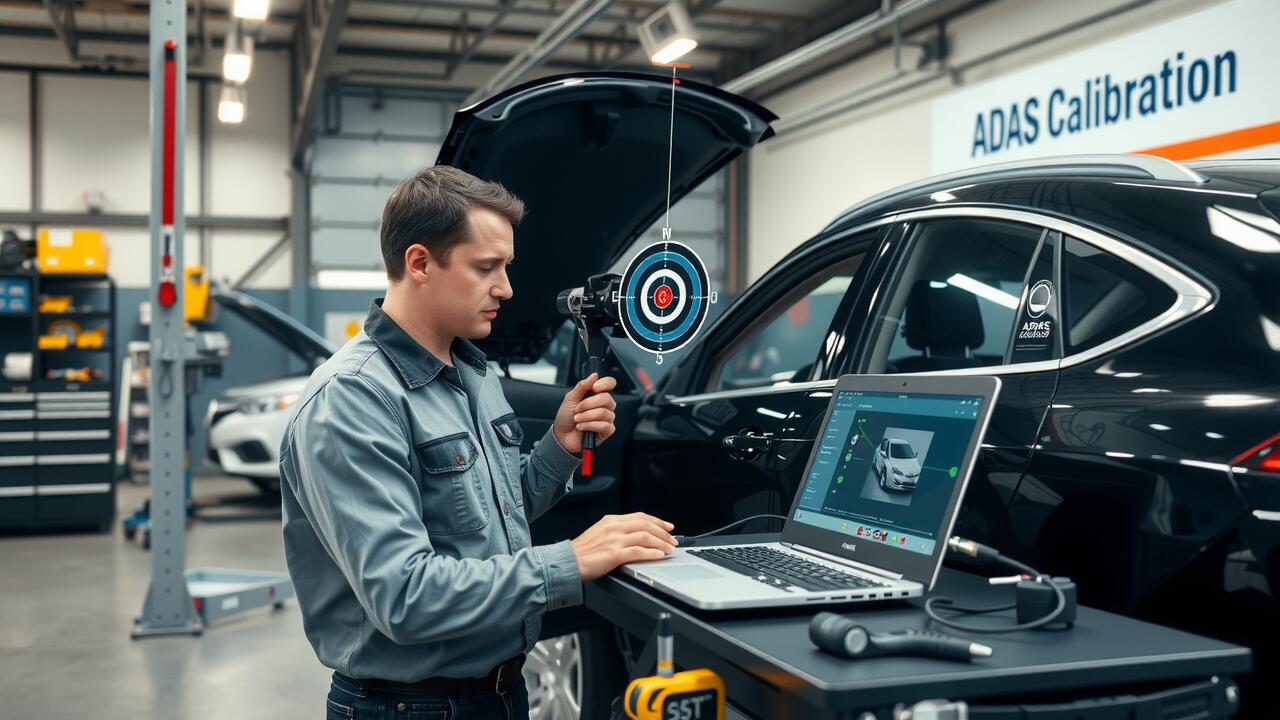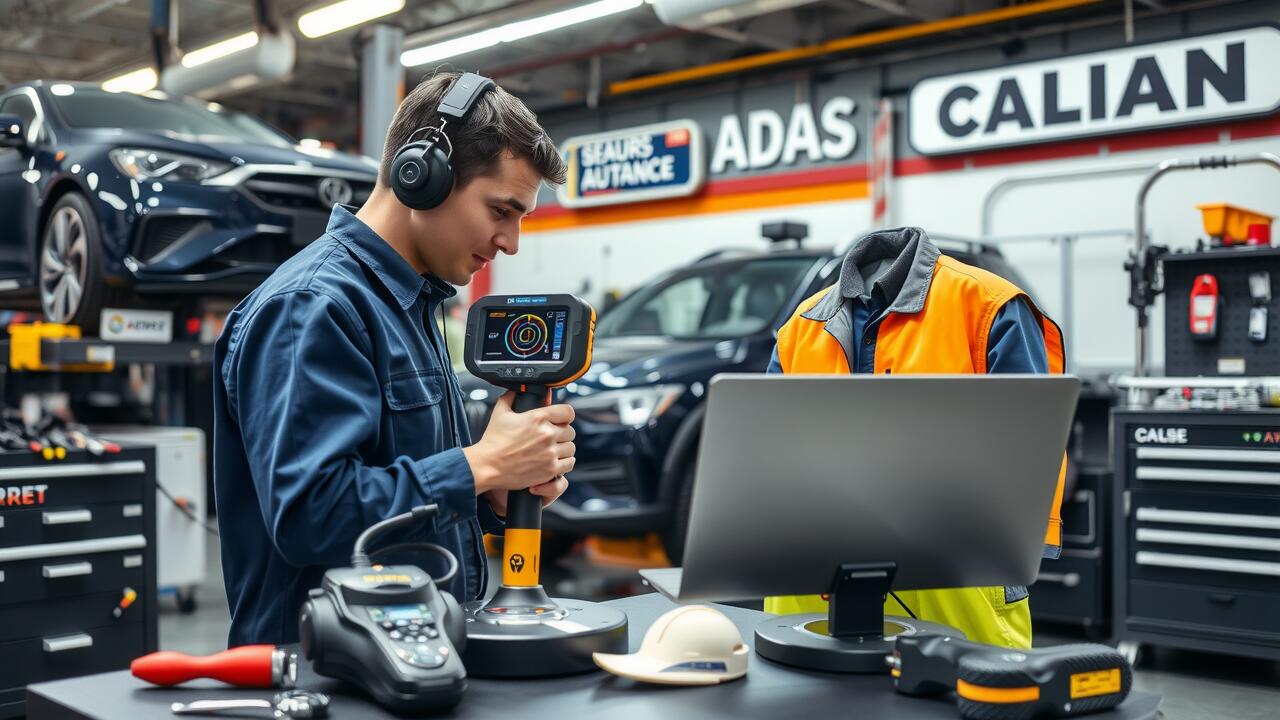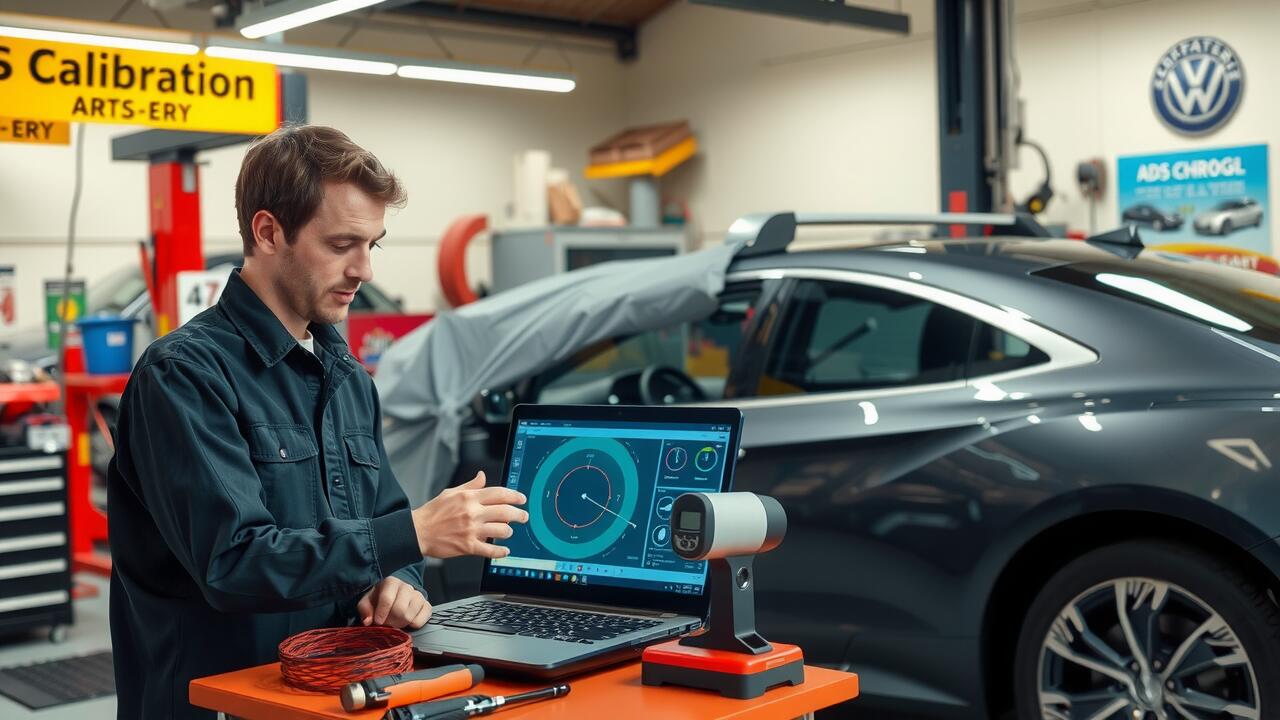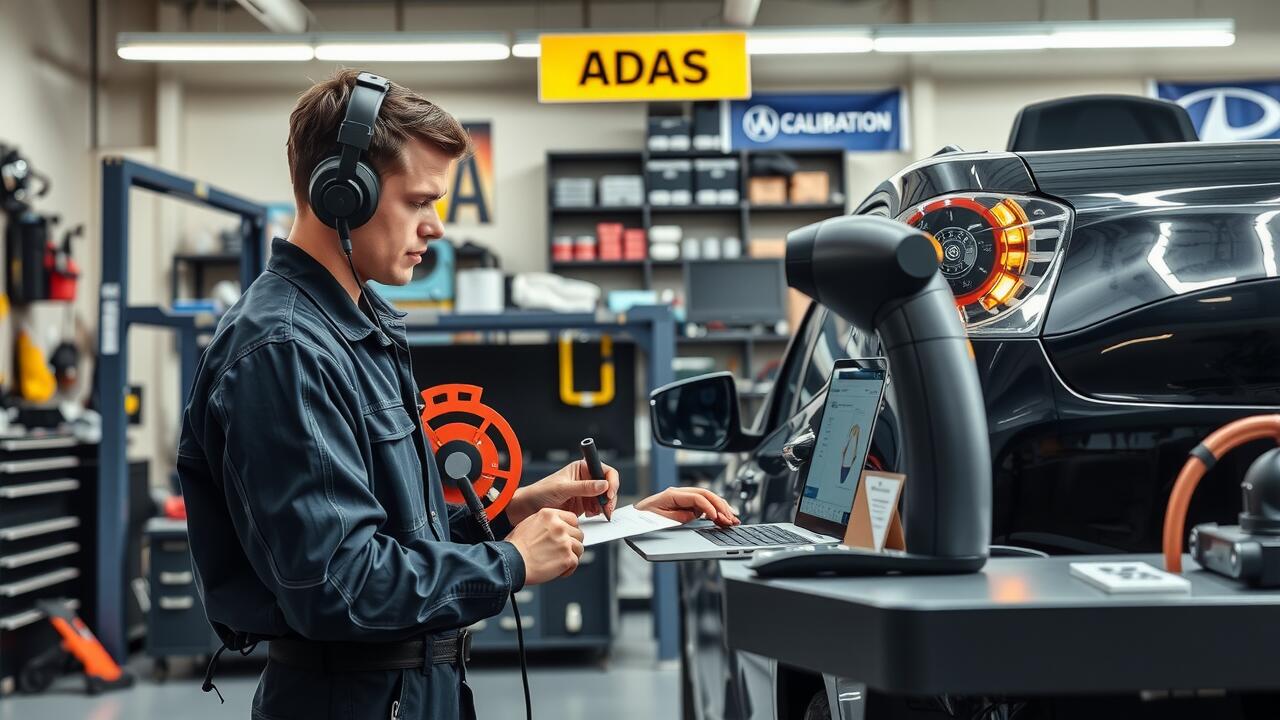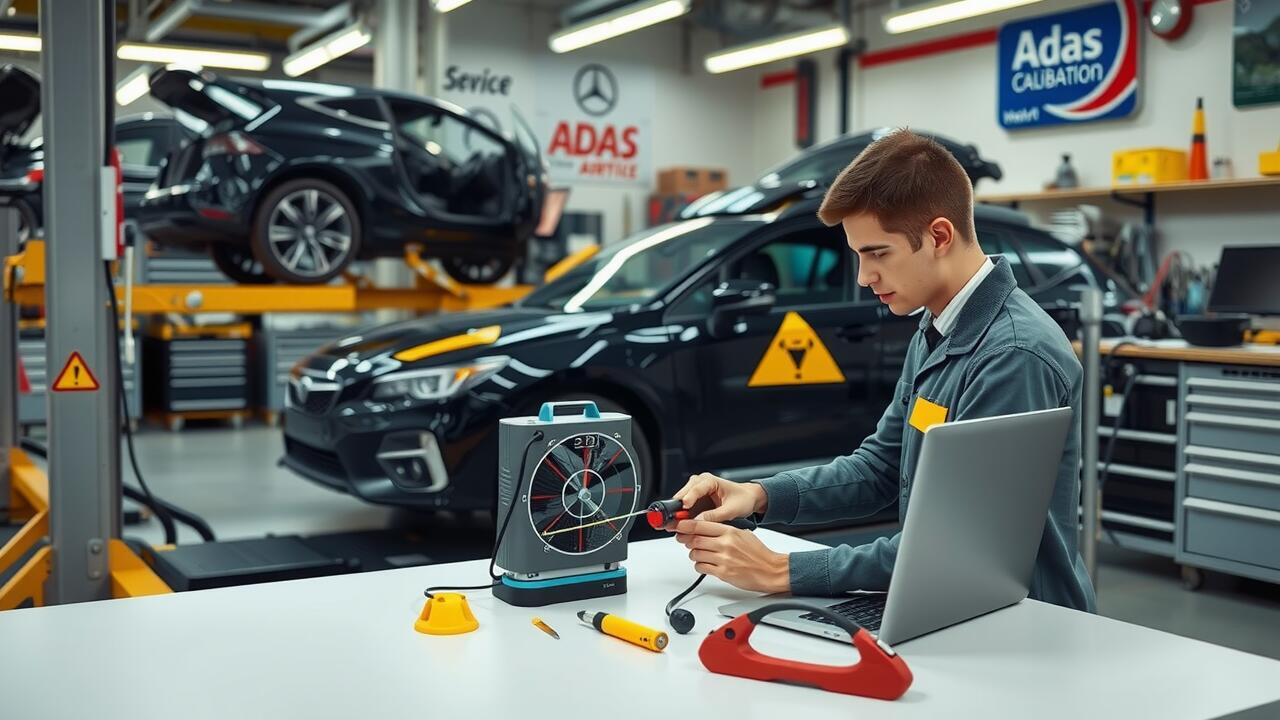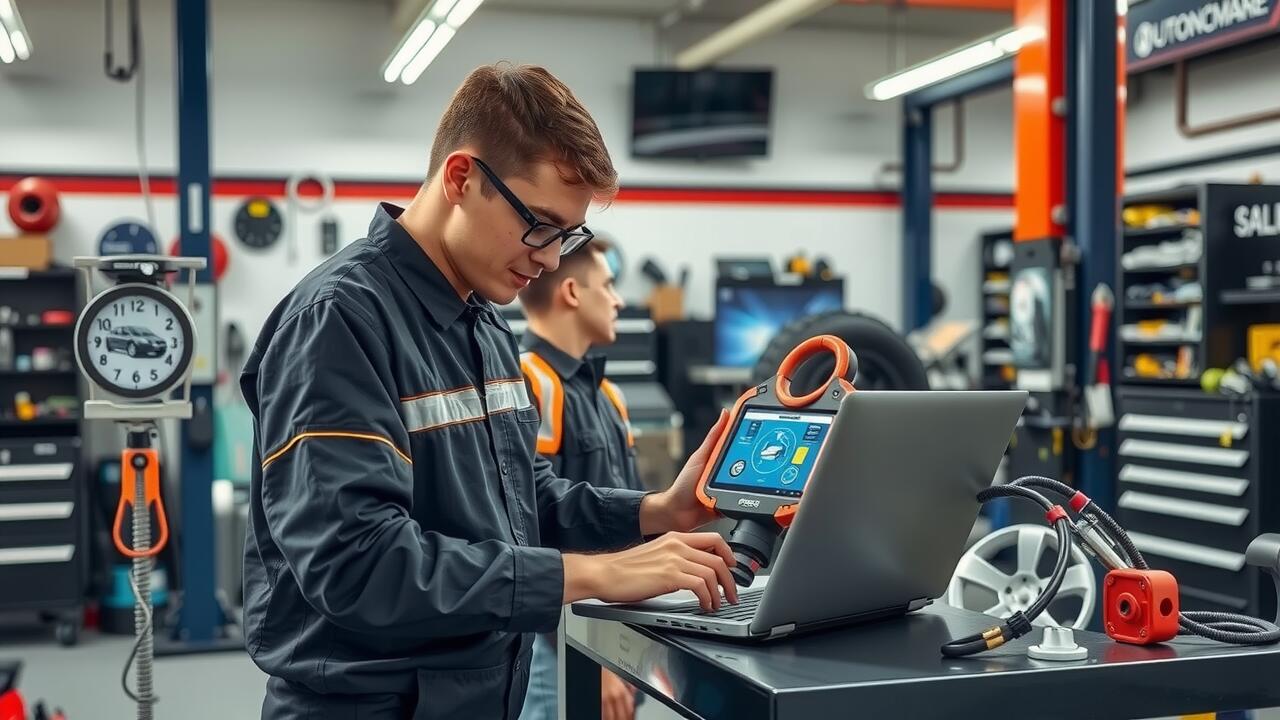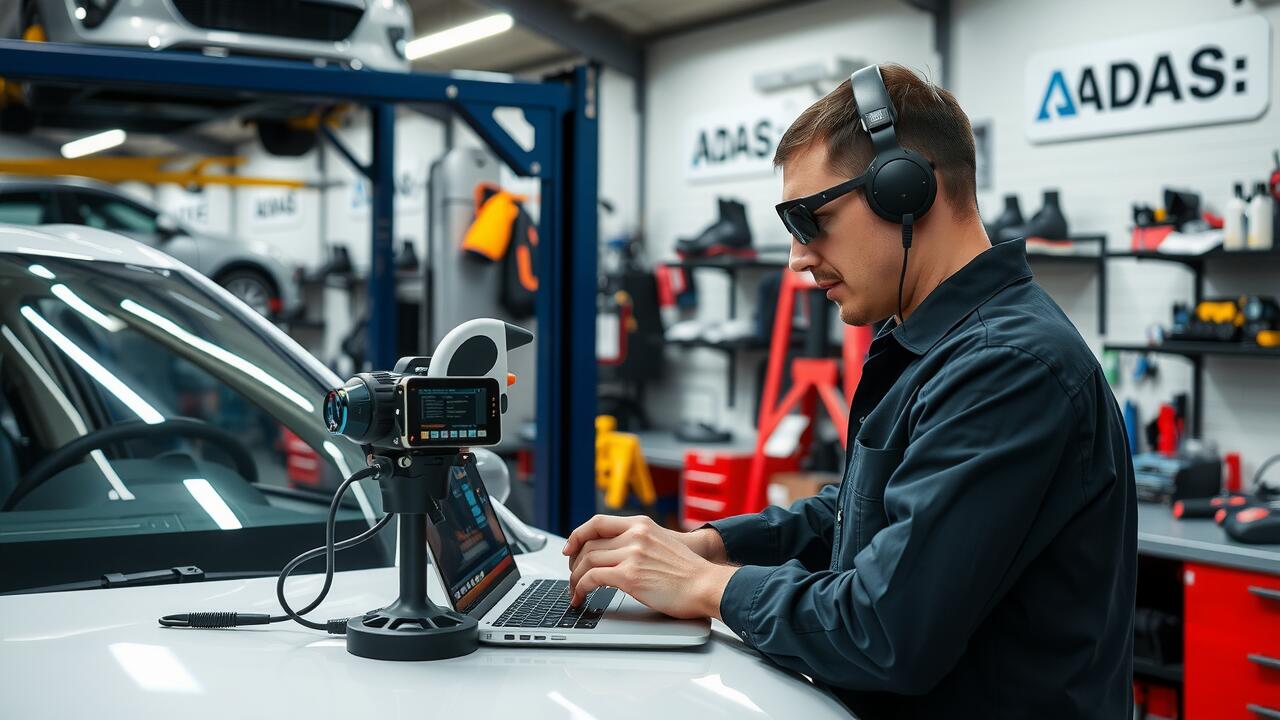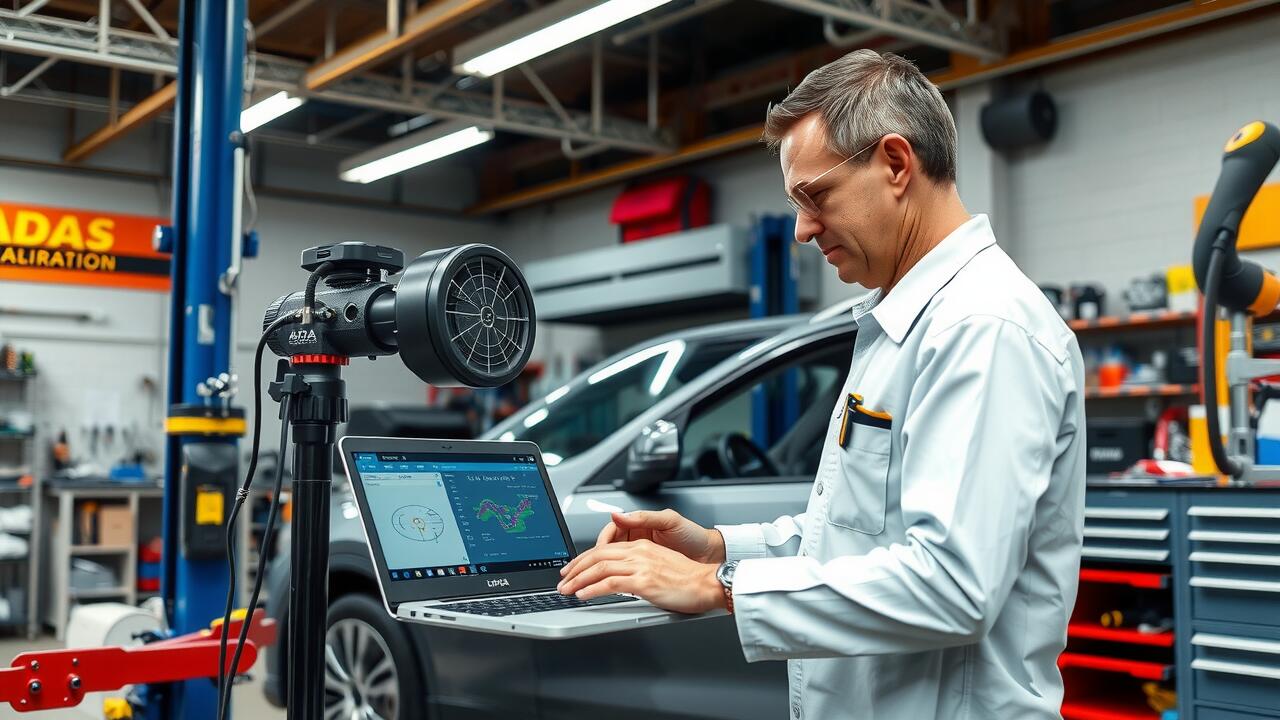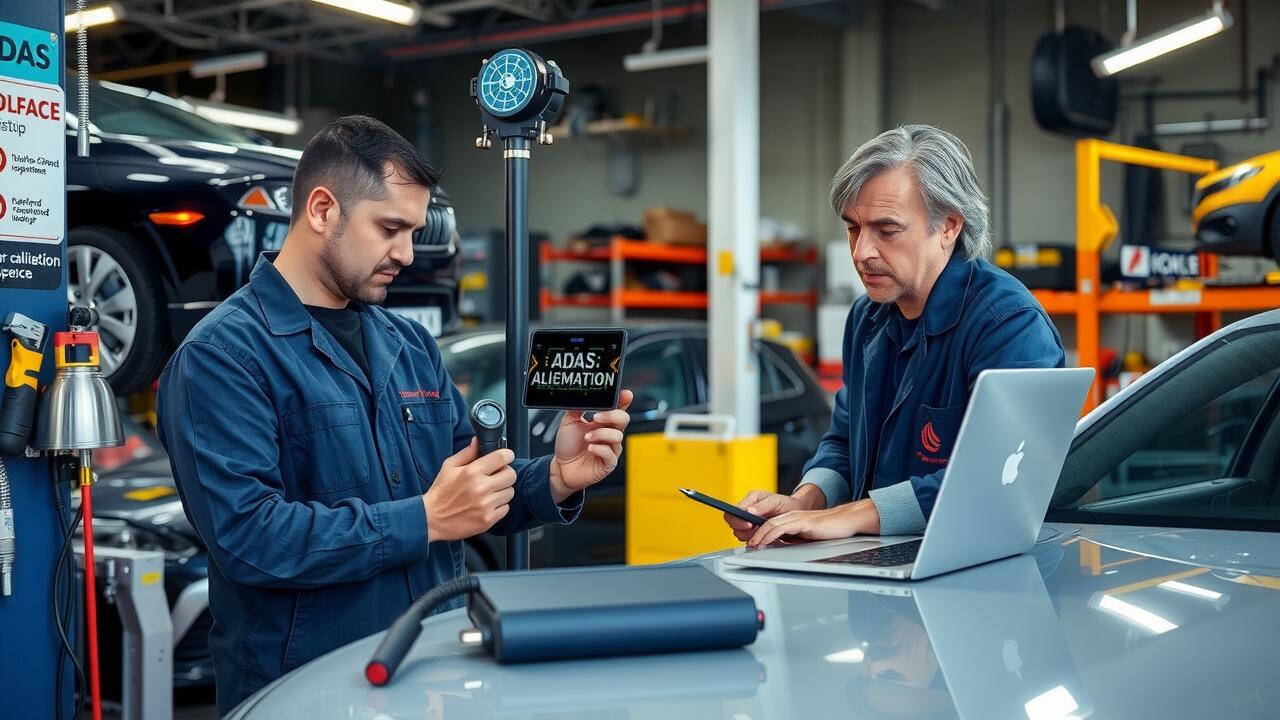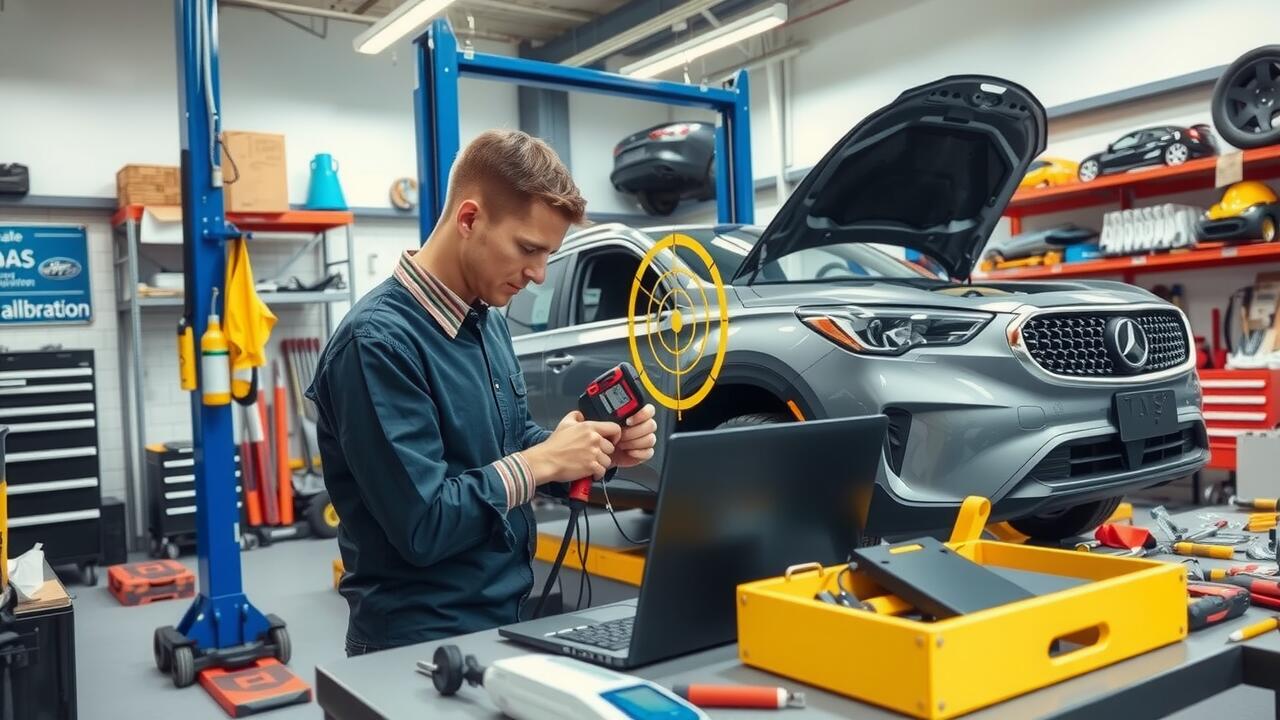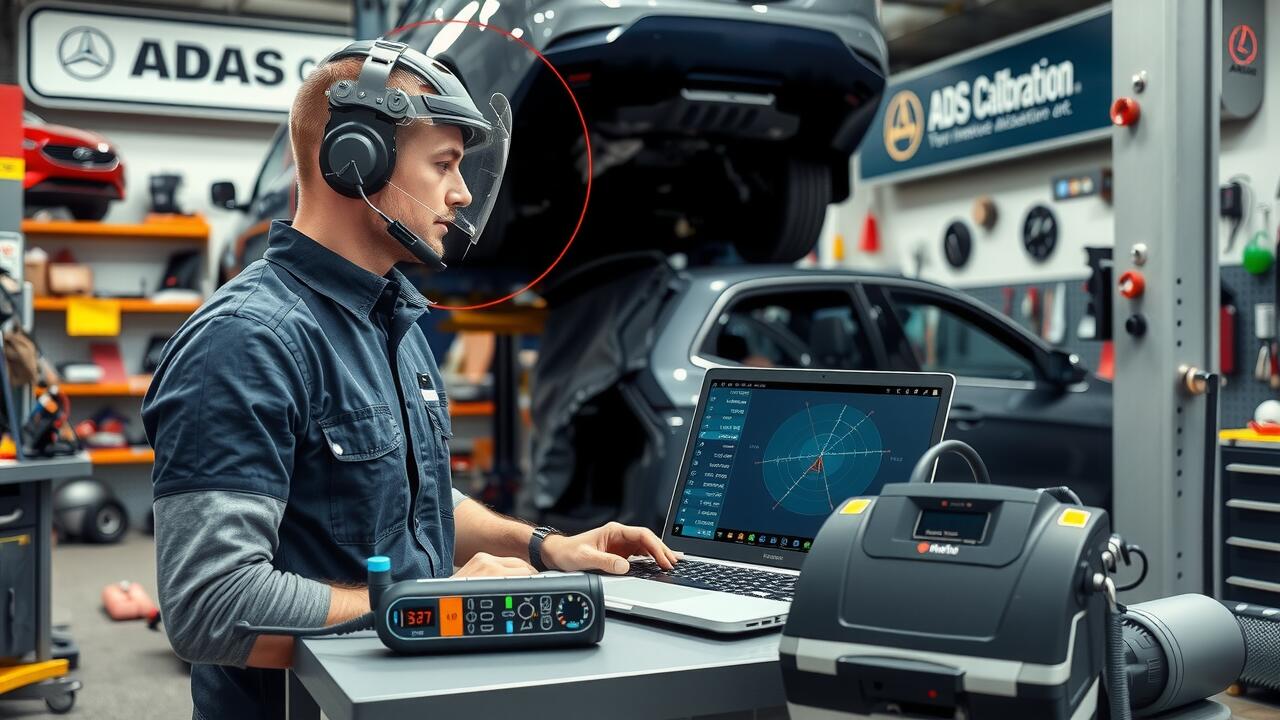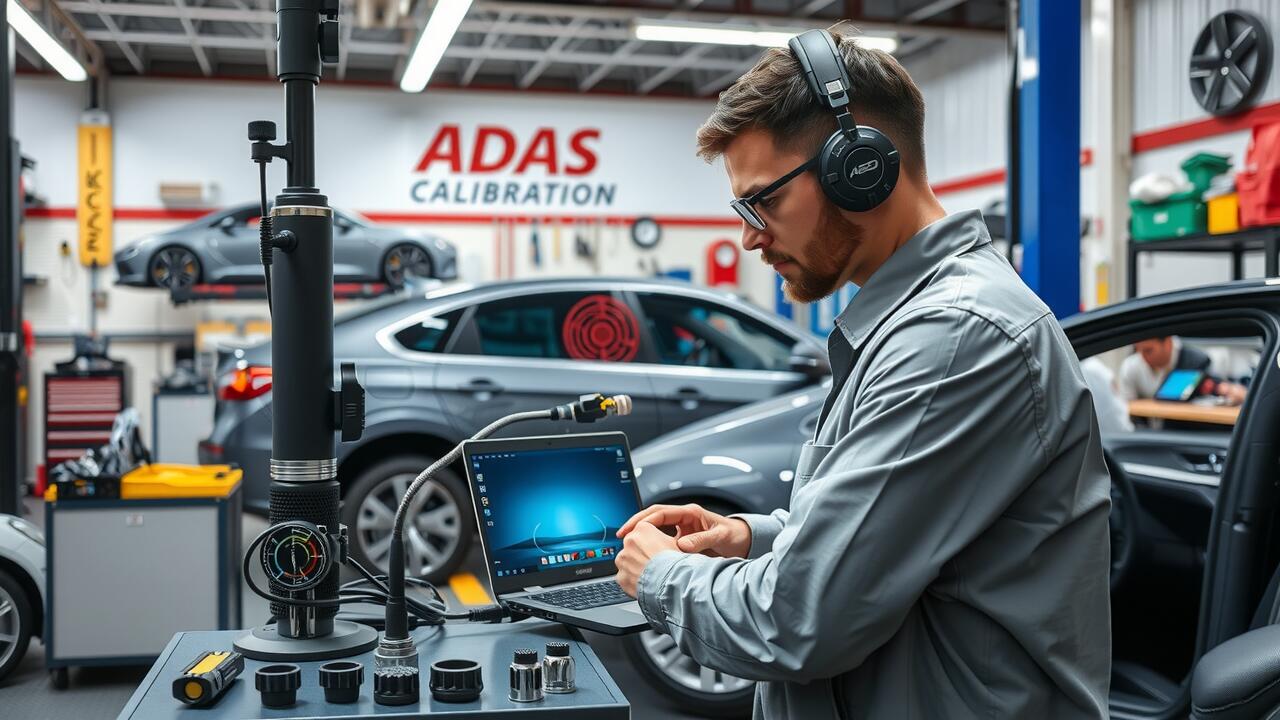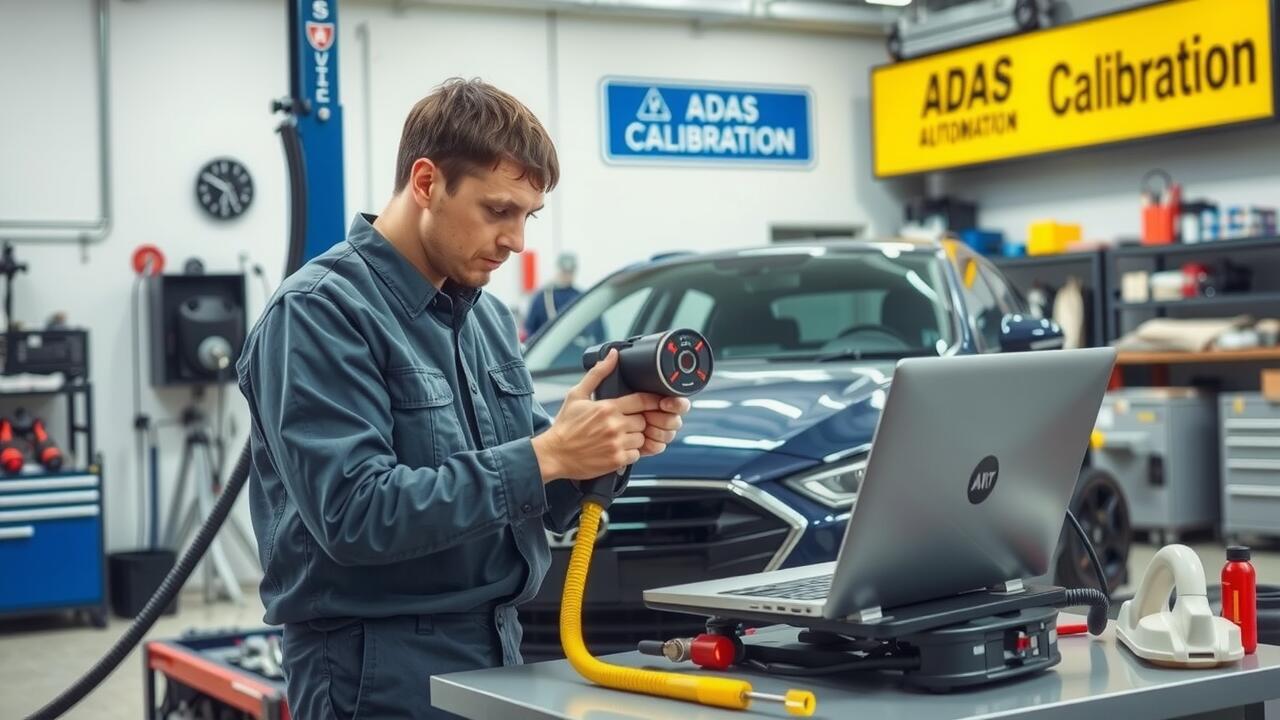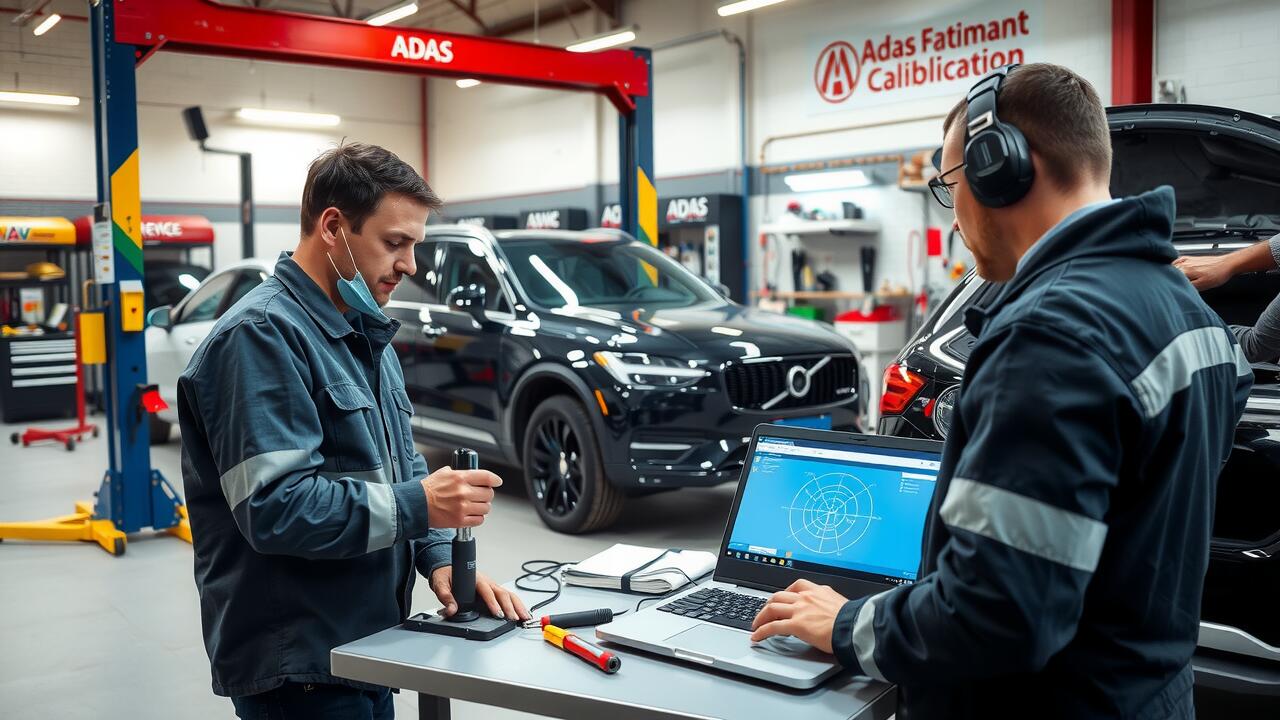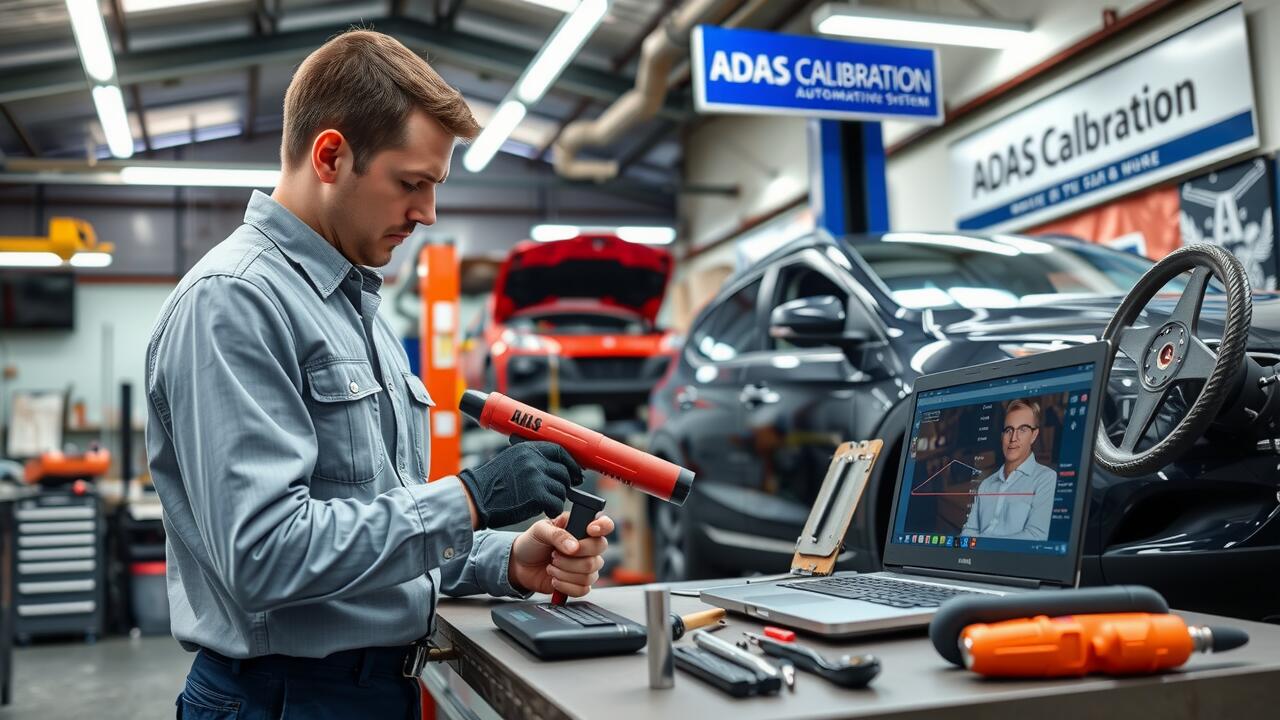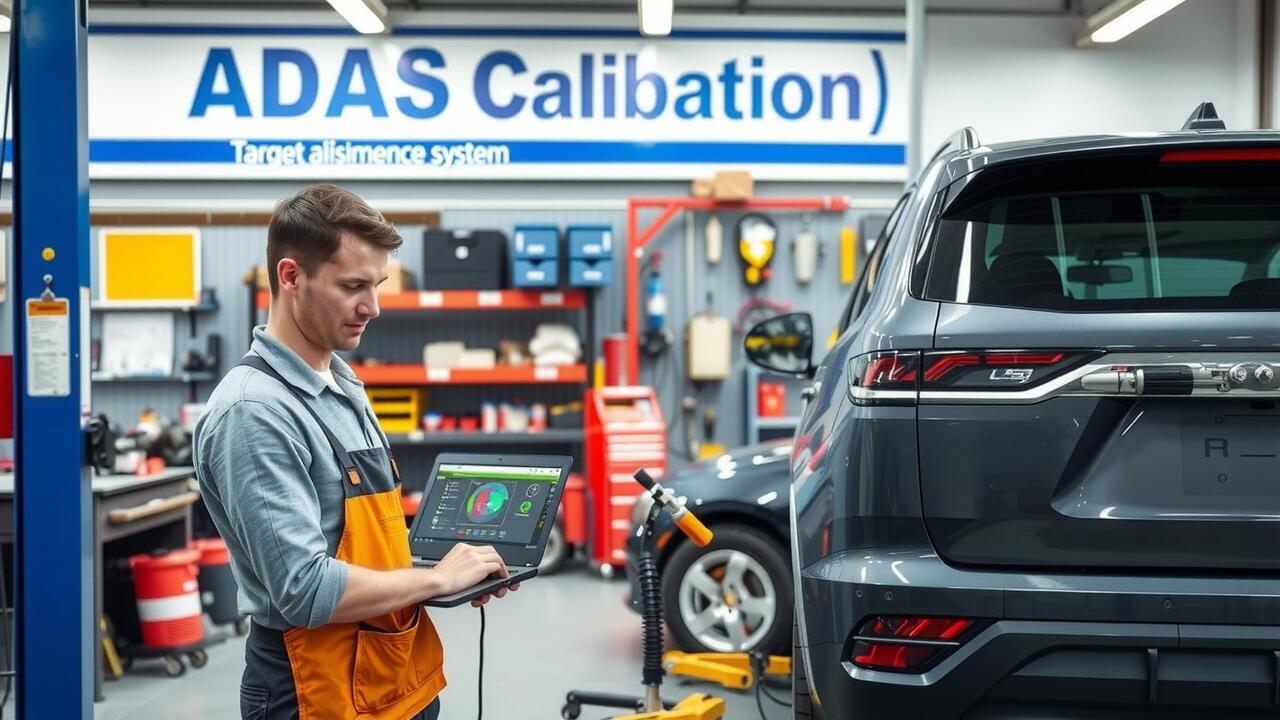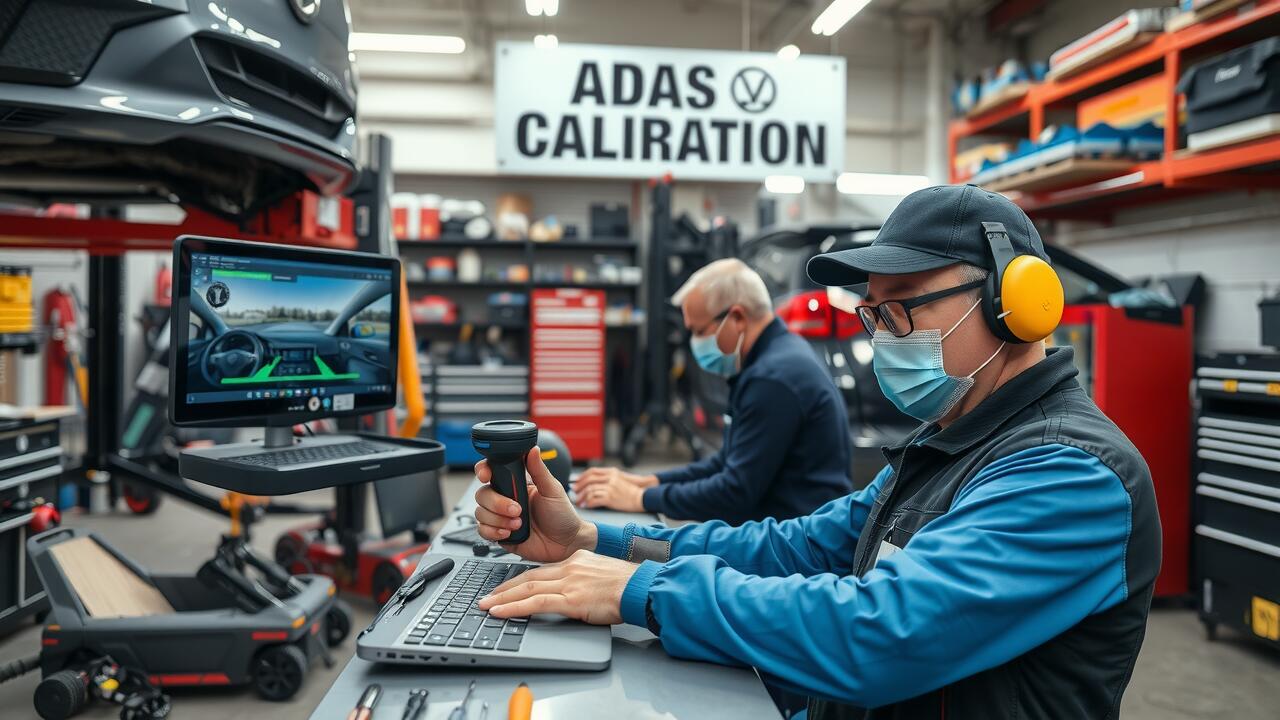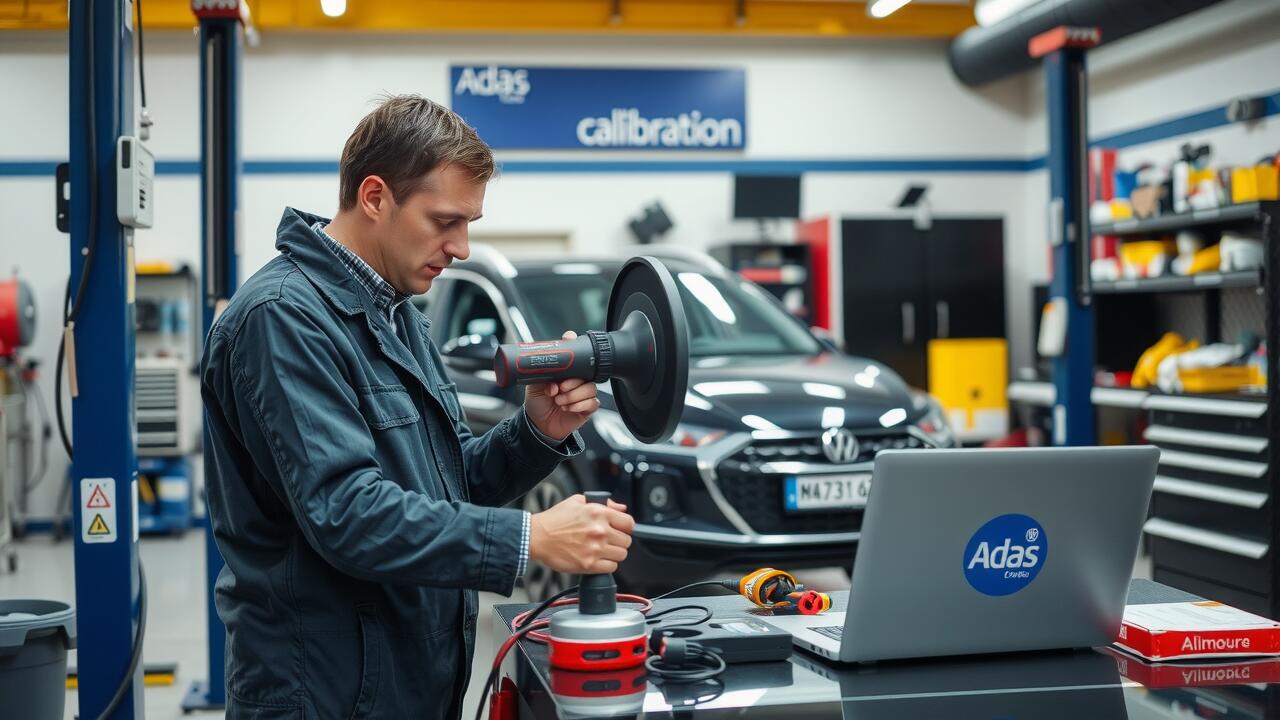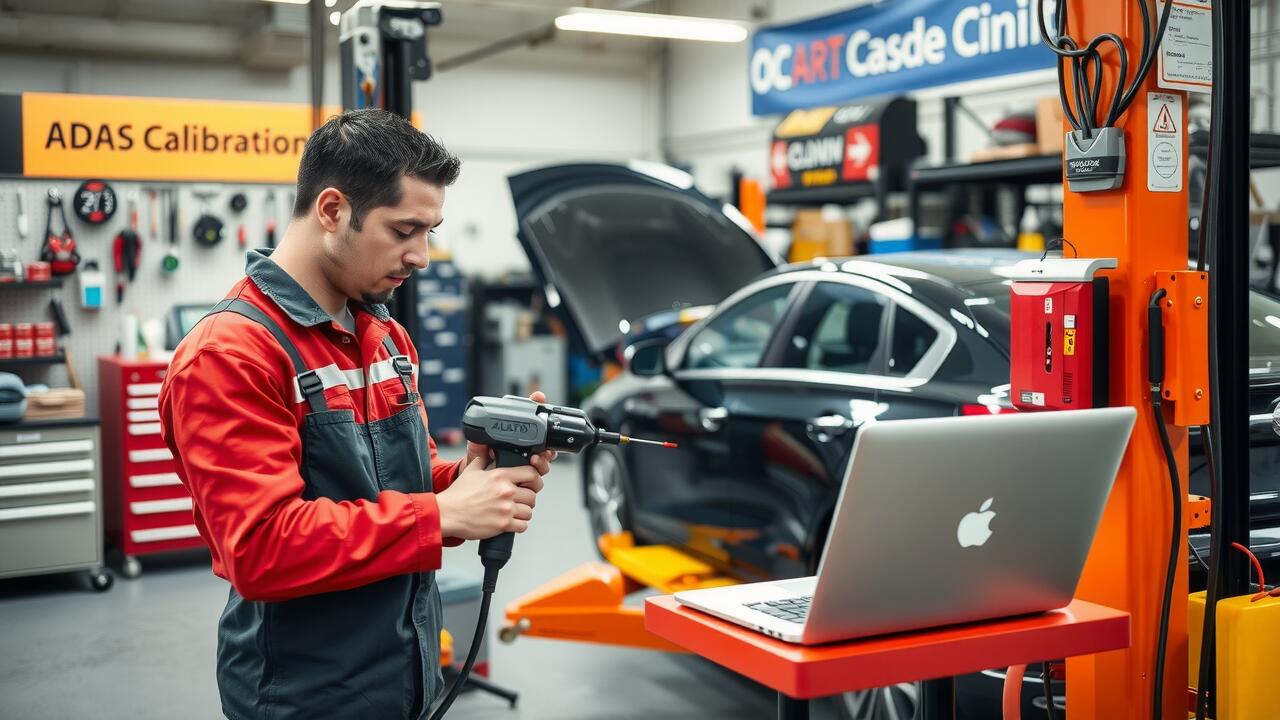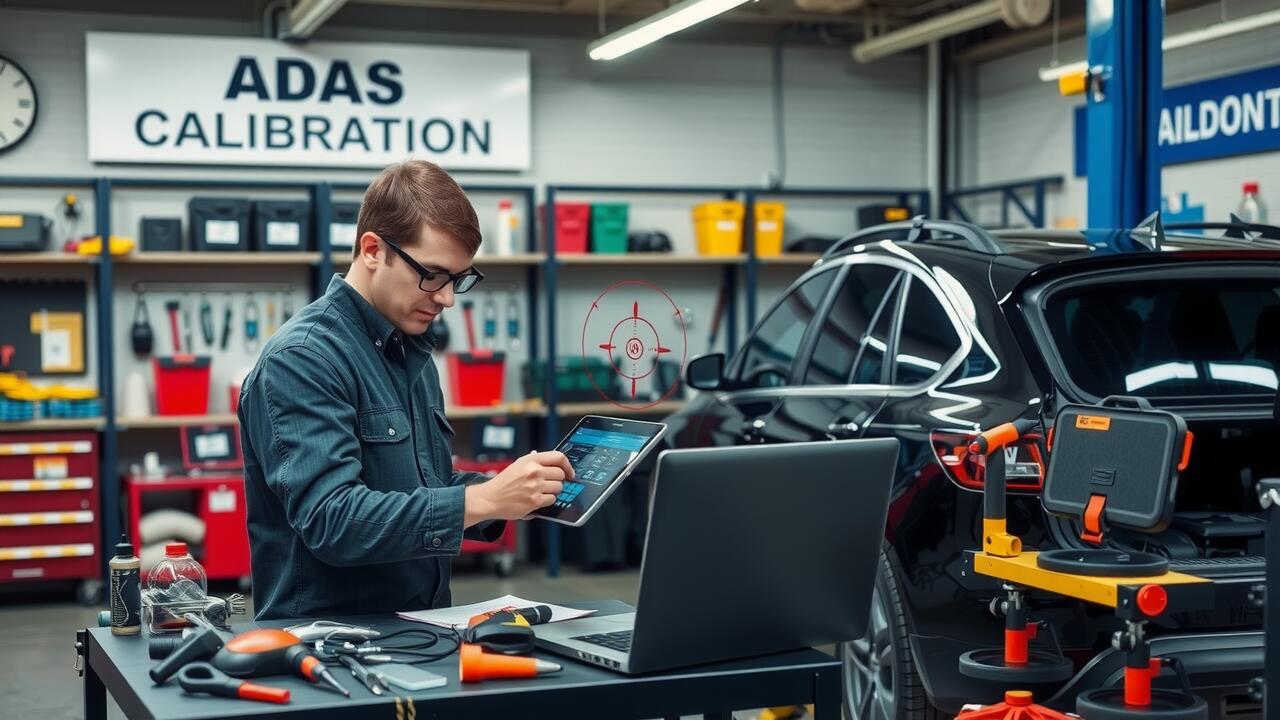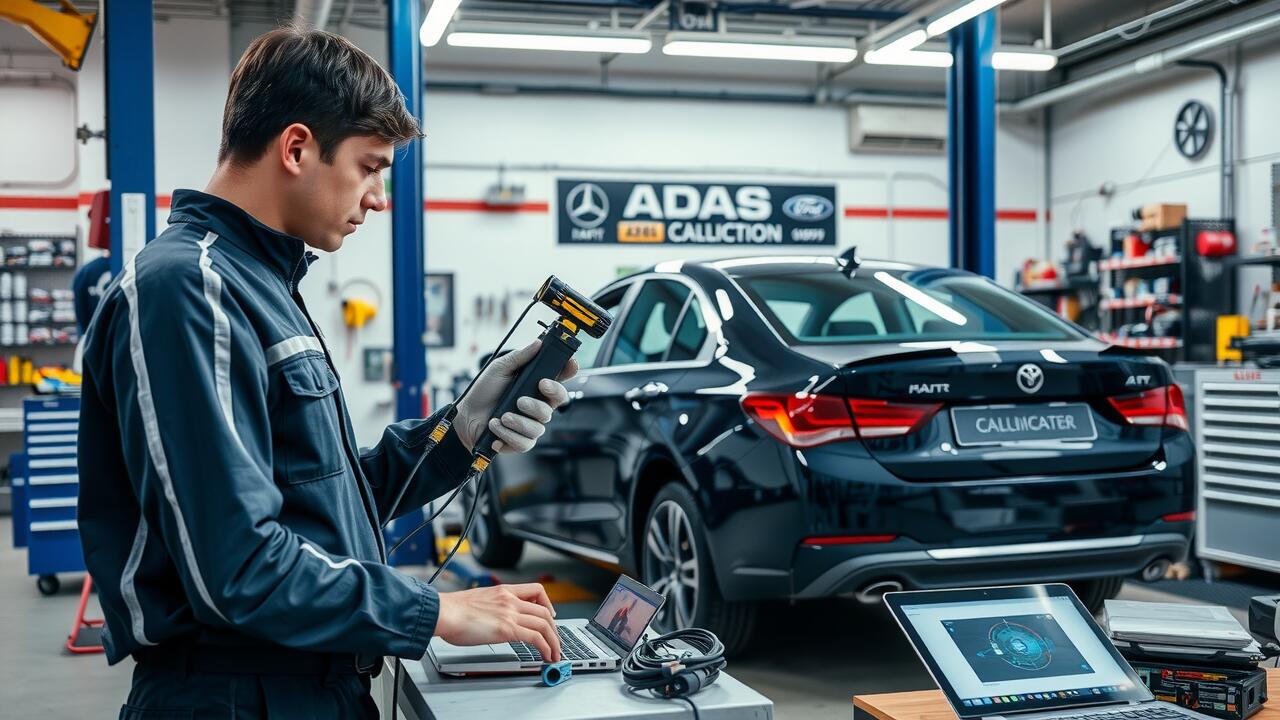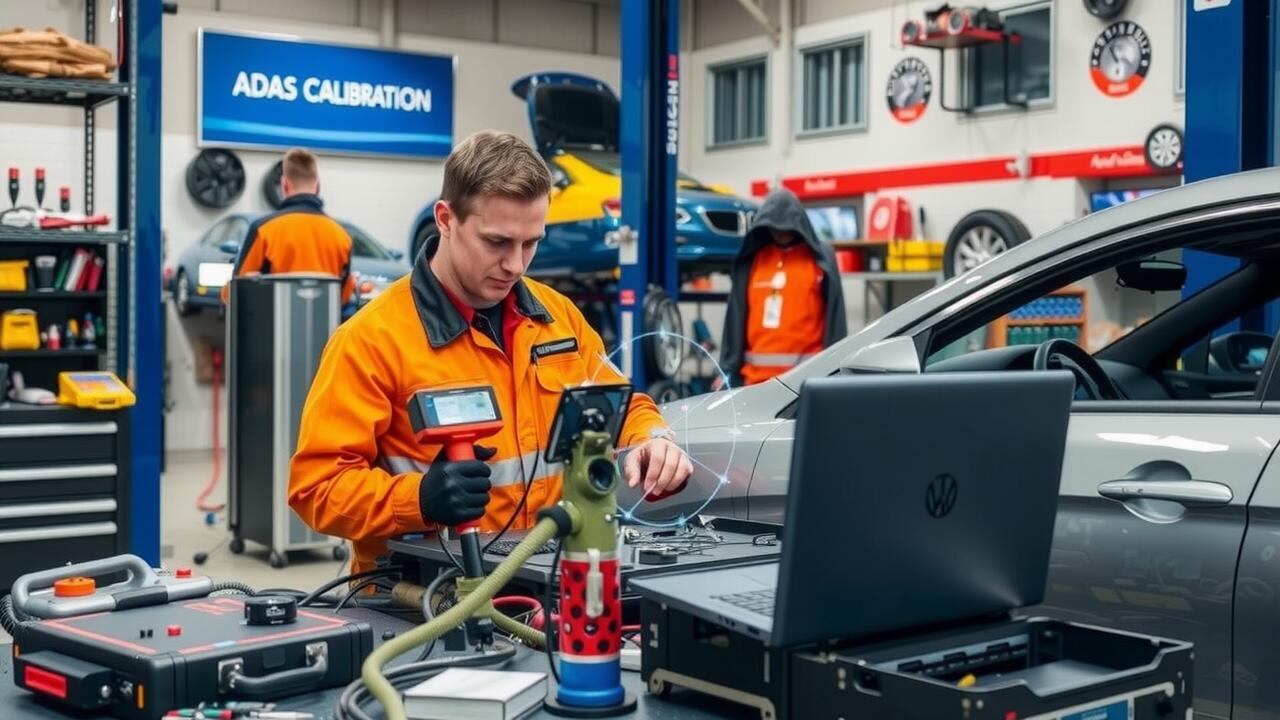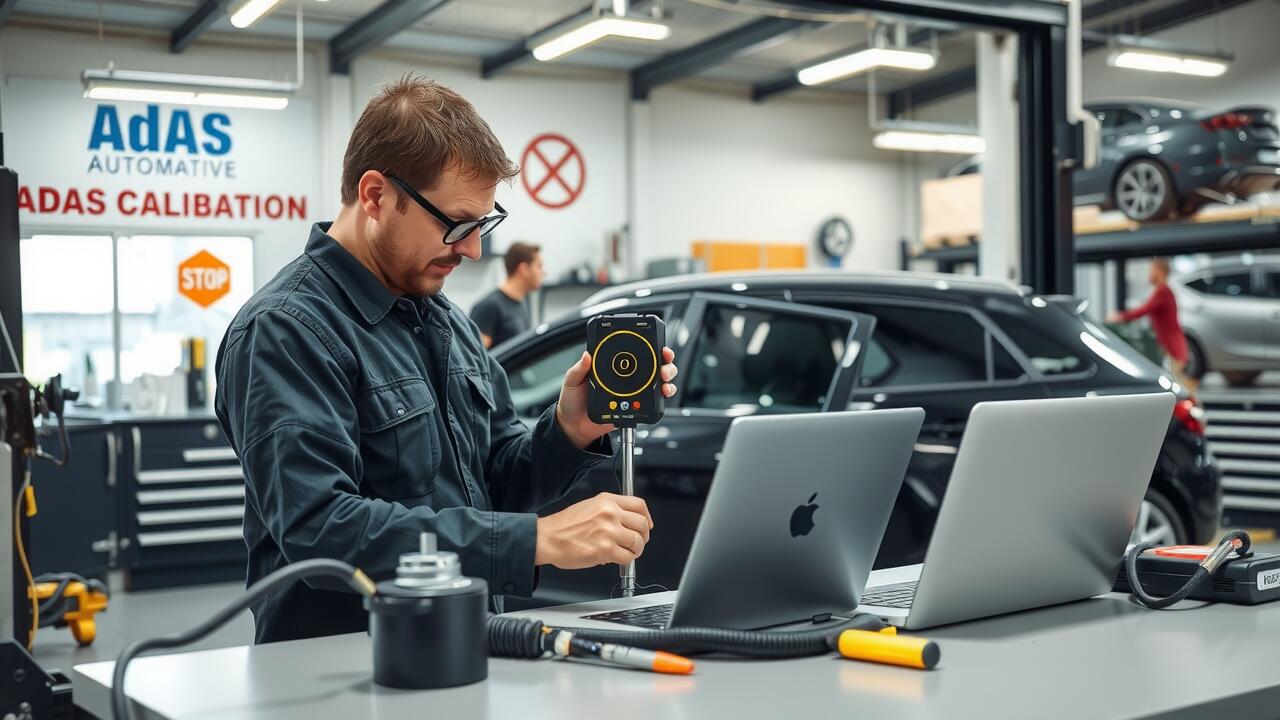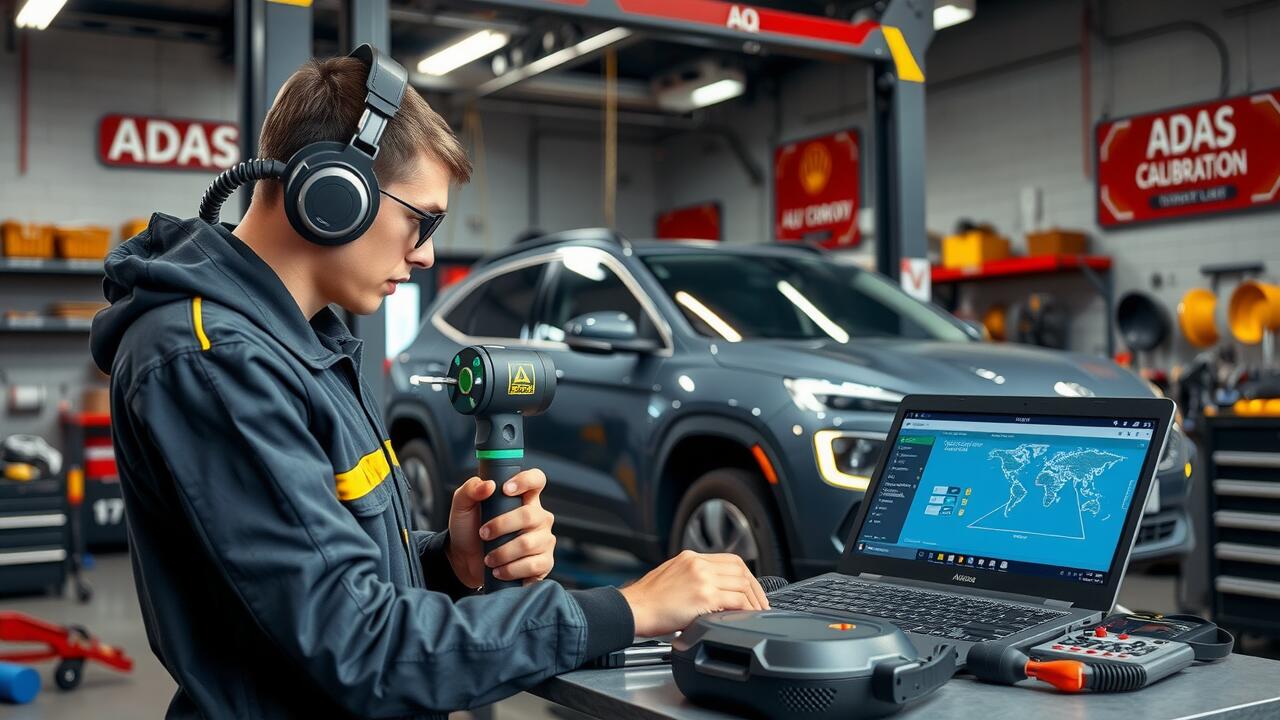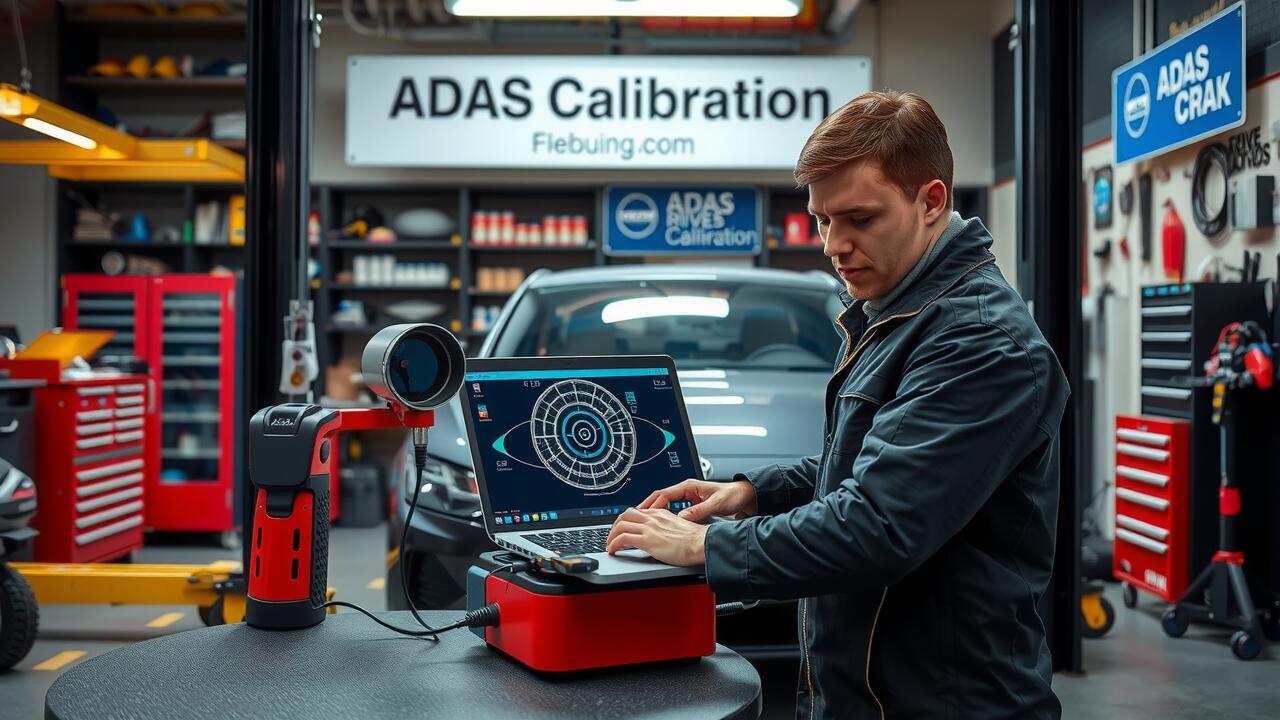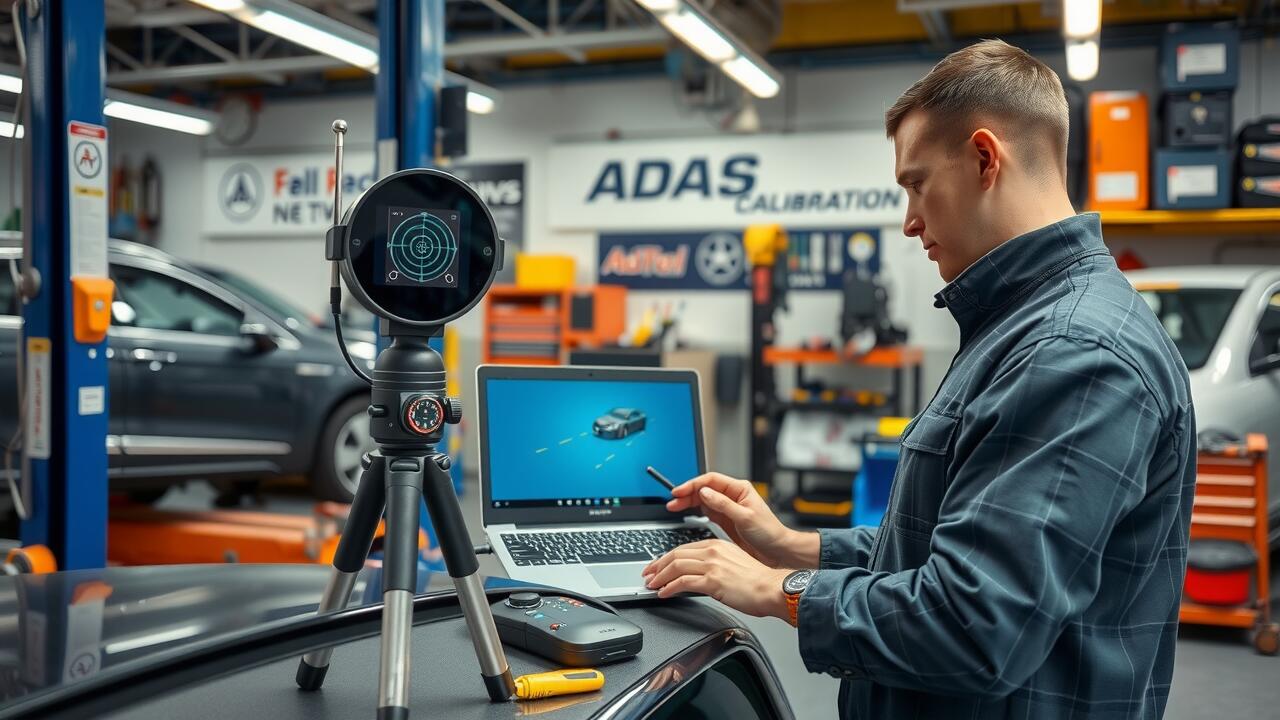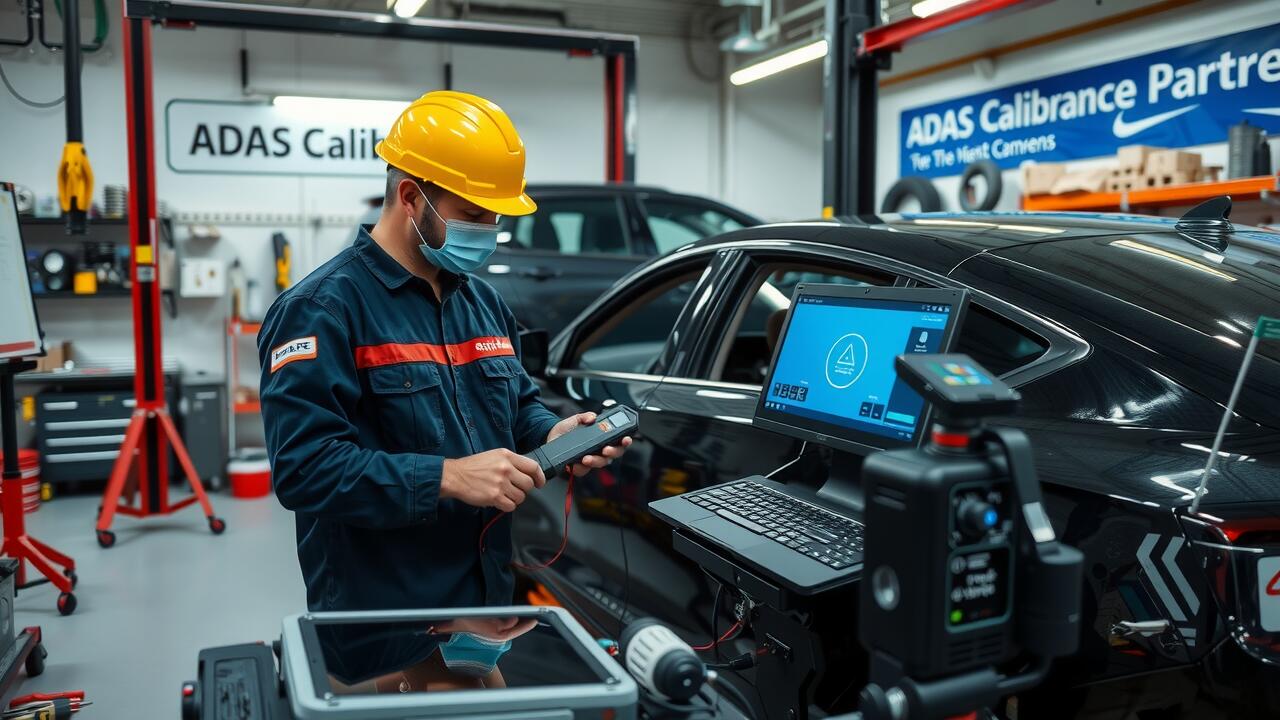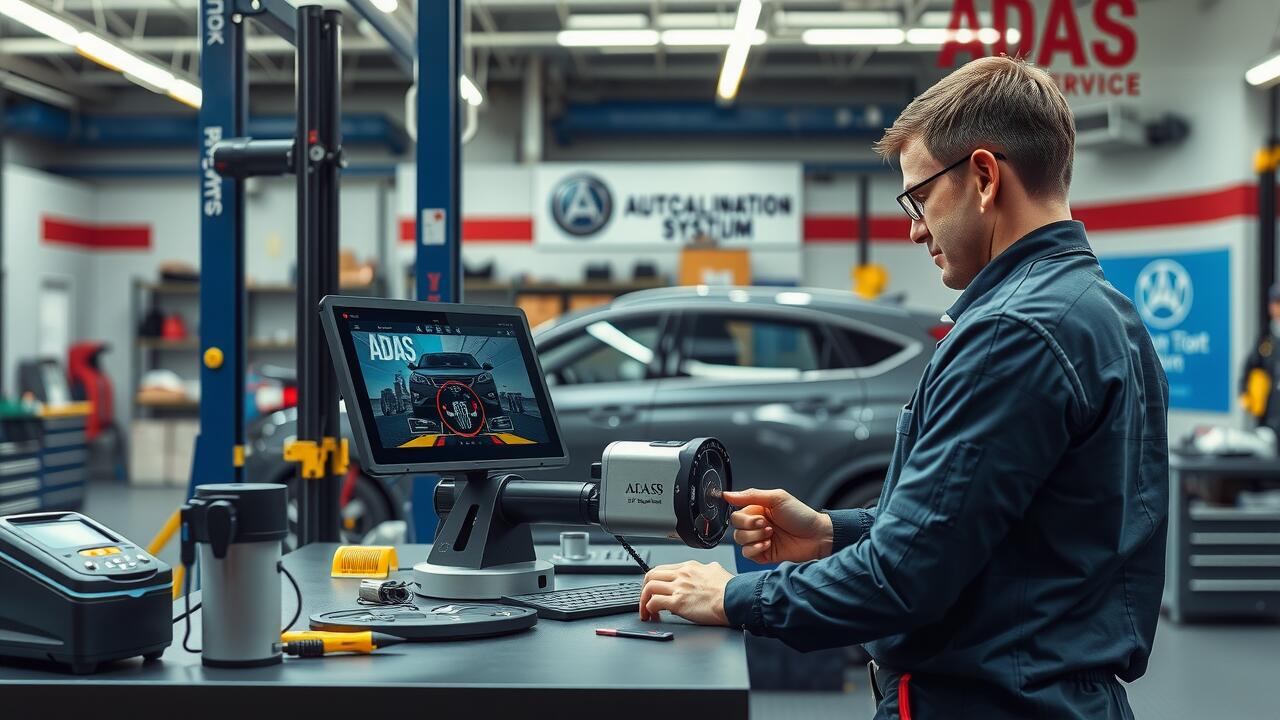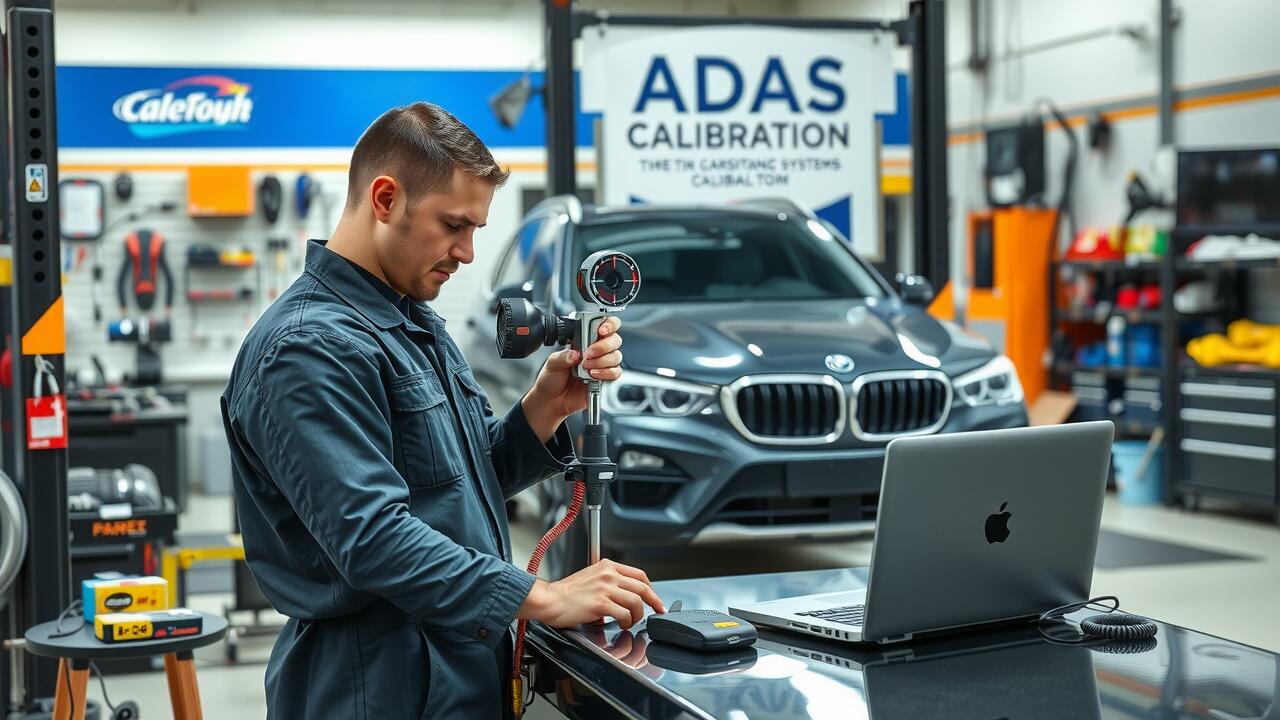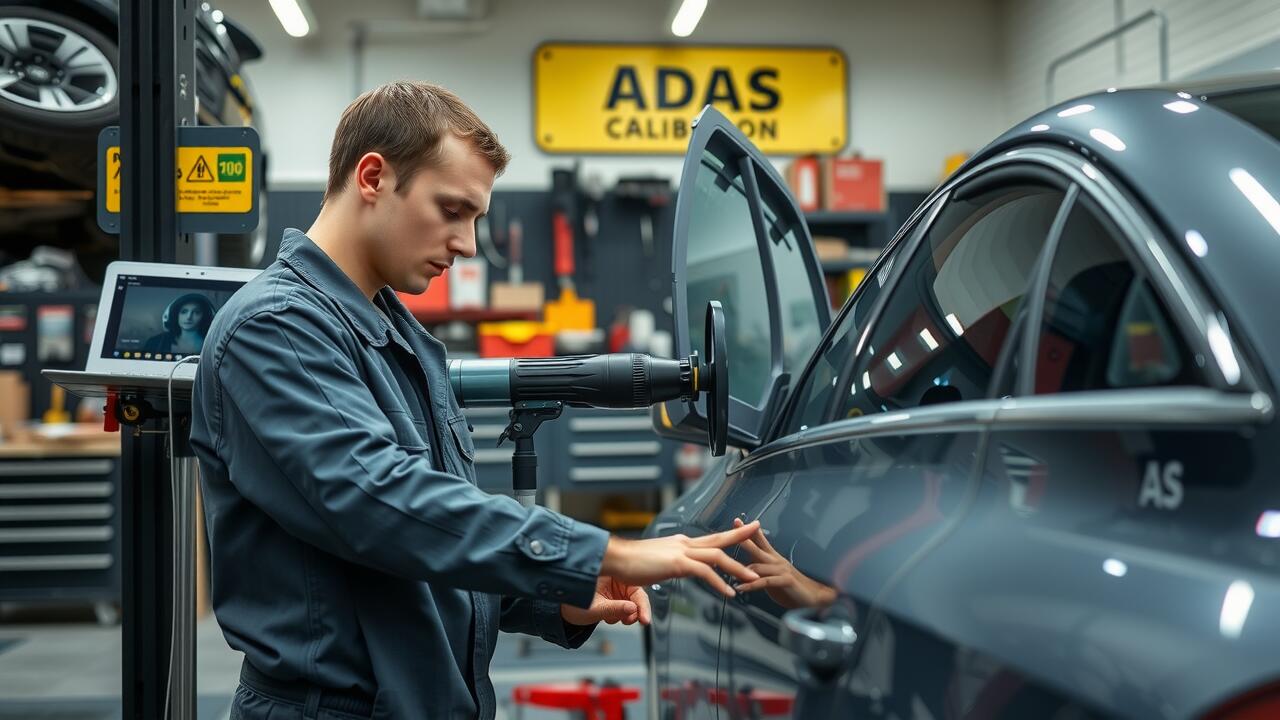
Table Of Contents
Benefits of Using ADAS Calibration Tools
ADAS system calibration ensures that advanced safety features operate at their optimal performance levels. These tools facilitate precise adjustments, enhancing the accuracy of sensors and cameras. Improved calibration not only boosts vehicle safety but also increases overall convenience for drivers. As vehicles become more technologically advanced, the need for reliable calibration tools becomes essential in maintaining these systems.
Utilising ADAS calibration tools can lead to significant efficiency gains in repair processes. Technicians can diagnose and correct issues with minimal downtime, allowing for quicker turnaround times on vehicle servicing. Furthermore, these tools often come equipped with user-friendly interfaces, thus streamlining training and operational procedures for automotive professionals. Enhanced capabilities enable workshops to provide better service, fostering customer trust and satisfaction.
Improved Accuracy and Reliability
The precision of Advanced Driver Assistance Systems (ADAS) relies heavily on accurate calibration. With the use of ADAS system calibration tools, technicians can ensure that sensors and cameras are correctly aligned and configured. These tools offer detailed guidelines and specifications, significantly reducing the likelihood of human error during the calibration process. This enhanced accuracy leads to improved vehicle safety, as ADAS features such as lane departure warnings and collision detection function optimally only when calibrated correctly.
Reliability is essential in the automotive world, especially when dealing with technologies that actively assist drivers. A properly calibrated ADAS system can respond more effectively to real-time road conditions, thus enhancing overall driving stability and safety. Calibration tools often come equipped with advanced software that can diagnose issues quickly and provide actionable insights. By streamlining this complex process, these tools boost confidence in the performance of the ADAS, making them invaluable in modern automotive repair and servicing environments.
Challenges in ADAS Calibration
ADAS system calibration presents several challenges for technicians working in the automotive repair industry. One major issue is the increasing complexity of advanced driver assistance systems. These systems incorporate a range of sensors, cameras, and radar components that must be accurately aligned and calibrated to ensure optimal performance. Technicians often encounter difficulties not only with the technical aspects of calibration but also with the need for specialized tools and software that may not always be readily available.
Another significant challenge is the variability in manufacturer requirements and the lack of standardisation across the industry. Different vehicle makes and models can have unique calibration procedures and specifications, making it essential for technicians to stay updated on various guidelines and practices. This inconsistency can lead to confusion during the ADAS system calibration process, potentially affecting the safety and effectiveness of the systems being serviced. As a result, thorough training and access to the latest information become crucial for successful calibration outcomes.
Common Issues Faced by Technicians
Technicians commonly face several challenges during ADAS system calibration. One major issue is the complexity of the technology itself. As vehicles become more sophisticated, the calibration processes require nuanced understanding and experience. Misalignment of sensors or failure to update software correctly can lead to reduced system performance and safety risks. These complications can result in increased time spent on each vehicle, impacting the efficiency of service operations.
Another challenge lies in the varying standards and specifications across different vehicle manufacturers. Each brand may have unique calibration requirements, which can lead to confusion. Technicians must stay updated with the latest guidelines to ensure compliance during ADAS system calibration. Without a comprehensive understanding of these differences, there is a risk of improper calibration, which can compromise the effectiveness of advanced driver-assistance systems.
Choosing the Right ADAS Calibration Tool
Selecting the appropriate ADAS calibration tool requires careful consideration of various factors. First, the compatibility of the tool with different vehicle makes and models is crucial. Each ADAS system calibration process may demand specific functionalities, and a versatile tool can accommodate a broader range of vehicles. Additionally, the tool’s software should be regularly updated to ensure it meets industry standards and can handle the latest technologies incorporated into modern vehicles.
Cost-effectiveness also plays a significant role in the decision-making process. While it can be tempting to opt for the cheapest option, investing in a high-quality tool often yields better accuracy and reliability over time. Technicians should consider user-friendliness as well; intuitive interfaces can substantially reduce training time and increase operational efficiency. Ultimately, a well-chosen ADAS calibration tool leads to enhanced performance in calibrating advanced driver assistance systems, ensuring safety and reliability for all road users.
Factors to Consider for Selection
When selecting the right ADAS calibration tool, several factors must be considered to ensure optimal performance. Compatibility with various vehicle makes and models is essential. A suitable tool should support the range of ADAS technologies found in modern vehicles. This includes functionalities for camera, radar, and sensor alignment. Technicians need tools that provide accurate calibration data tailored to individual vehicles, improving the overall efficiency of the calibration process.
Another critical aspect is the user interface of the calibration tool. A well-designed interface allows technicians to navigate seamlessly through calibration tasks. Intuitive software can significantly reduce the learning curve for new users and increase productivity. Reliability is also paramount; the tool must deliver consistent results that align with industry standards for ADAS system calibration. Investing in high-quality equipment helps prevent errors that could compromise vehicle safety features.
FAQS
What does ADAS stand for?
ADAS stands for Advanced Driver Assistance Systems, which are technologies designed to enhance vehicle safety and facilitate driving.
Why is ADAS calibration important?
ADAS calibration is crucial because it ensures that the sensors and systems within a vehicle are correctly aligned and functioning properly, which enhances safety and performance on the road.
What are some common issues faced during ADAS calibration?
Common issues include misaligned sensors, software malfunctions, environmental factors affecting calibration, and lack of proper tools or equipment.
How do I choose the right ADAS calibration tool?
When selecting an ADAS calibration tool, consider factors such as the types of vehicles you service, the specific ADAS features you need to calibrate, compatibility with existing equipment, and the tool's accuracy and ease of use.
Can I perform ADAS calibration without specialised equipment?
While some basic adjustments can be made, proper ADAS calibration typically requires specialised tools and equipment to ensure accuracy and reliability in the system's performance.
